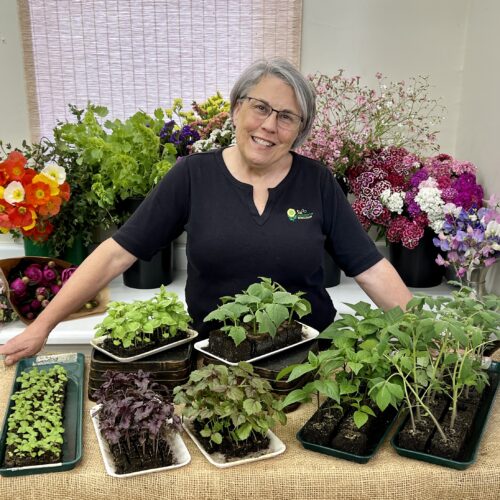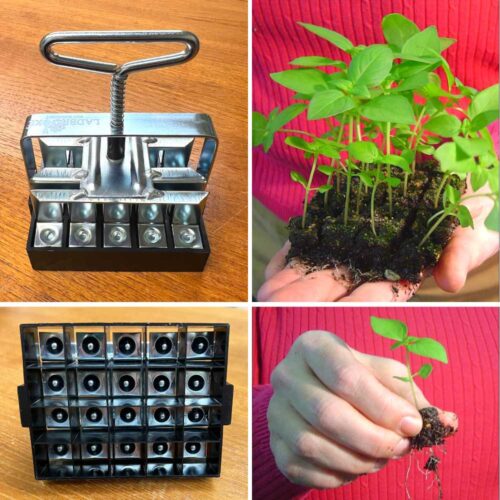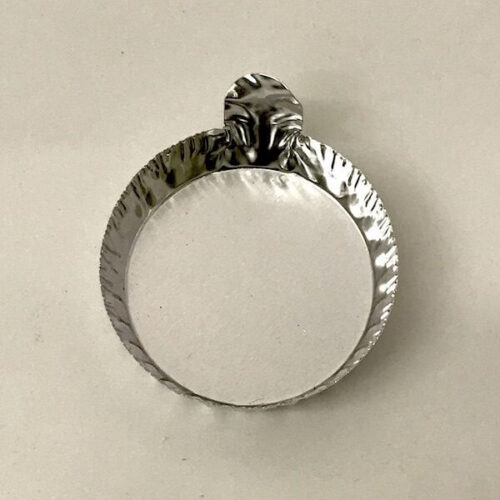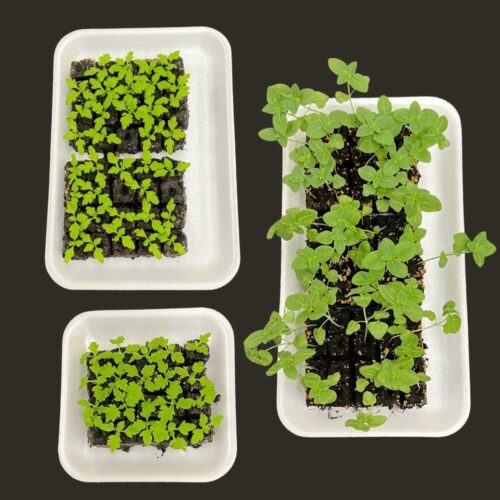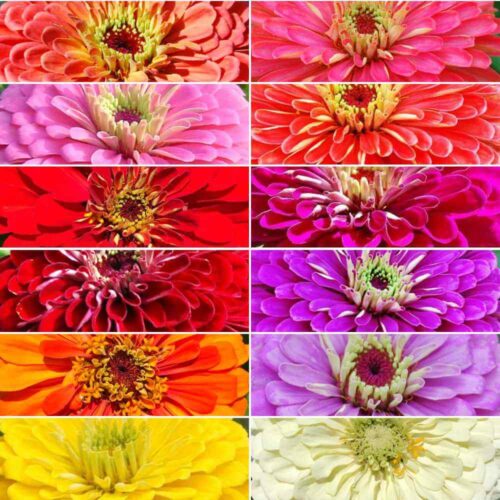Growing Great Zinnias
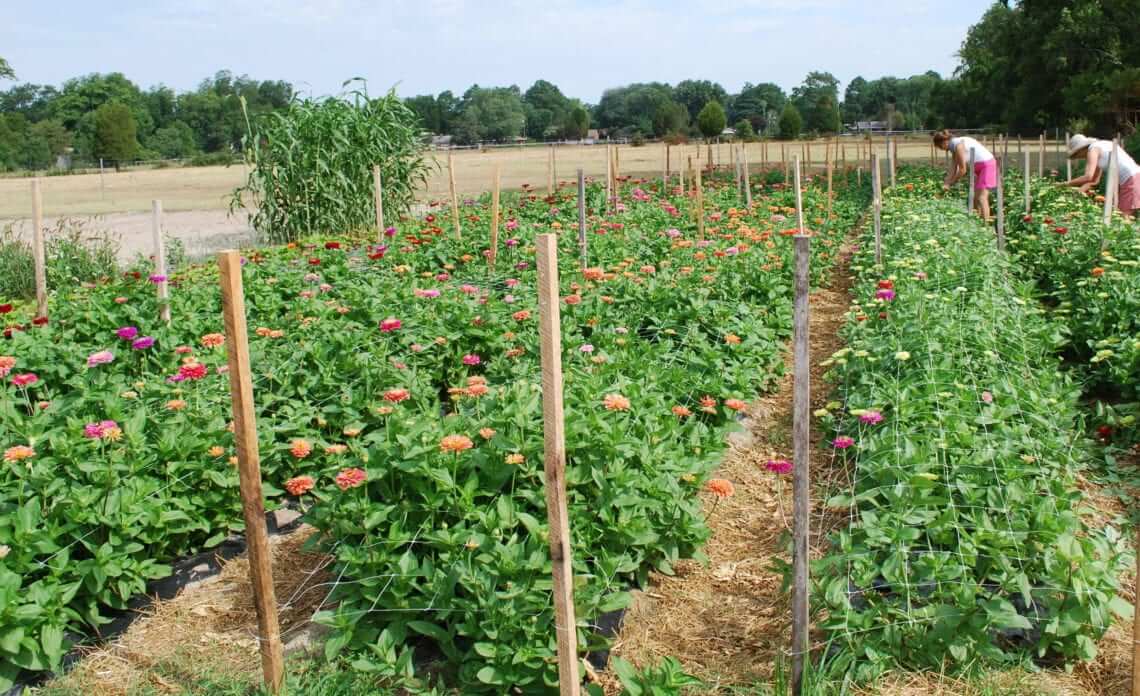 The first cuts of the season for the Benary’s Giants.
The first cuts of the season for the Benary’s Giants.Growing great zinnias is easy. Hands down zinnias are the favorite garden flower for many. As a flower farmer, it is in our top 5 best selling cut flowers and as a retailer we sell more zinnia seeds than any other seed. No question we all love zinnias and with good reason I think!
Zinnias are so prolific that a very small patch will provide a handful of blooms a week if you harvest on a regular schedule and give them what they want.
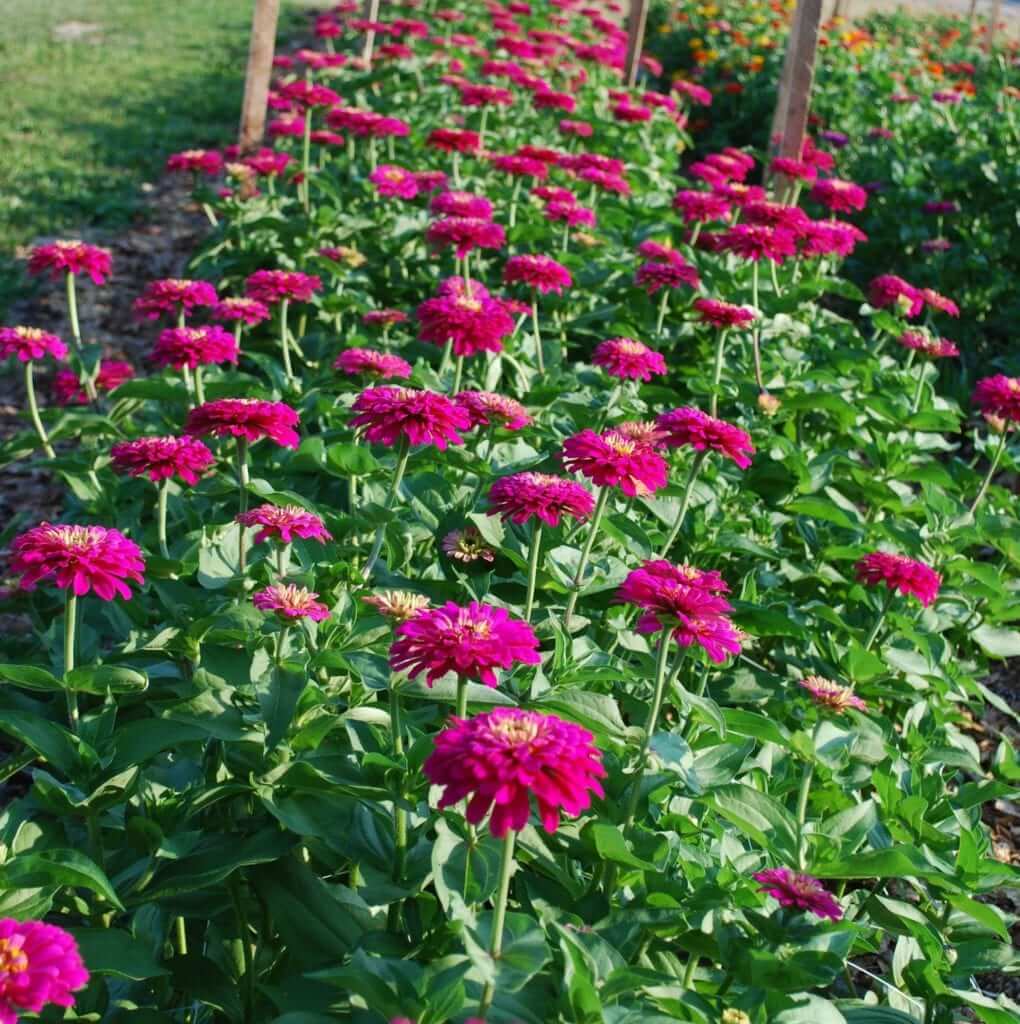
Uproar Zinnias are very productive!
What Zinnias Want:
- Full sun. At least 8 hours but more is better.
- Give the soil a hefty dose of compost, 2-4 inches worked into the bed before planting.
- Mix in a dry organic fertilizer according to directions at bed prep time.
Planting:
- For a cutting patch, plant closer than as in a landscape. 3 rows to a 30” wide bed with 6” between plants in the row.
- When to plant–zinnias love warmth. Rushing to plant in the spring while the soil is still cool to cold does not please them. My planting rule is to plant transplants out in the garden when nighttime temperatures are staying above 60 degrees. This is normally 2 weeks after the last expected spring frost. If planting seeds directly in the garden waiting another 1 to 2 weeks will make for stronger germination.
- I prefer to start seeds indoors for an earlier start and to conserve seed and labor. We start in the small soil blocker 3 weeks before we are going to plant. Aiming for a 3-5” tall seedling. The seedlings grow in the small block until they are planted in the garden. We plant into biodegradable film that helps to warm the soil, retains moisture, and suppresses weeds. Weekly I add liquid organic fertilizer to my watering can per directions.
- Planting transplants allows you to plant into mulched bed. Simply make a hole and plant. If planting seeds directly in the garden–no mulch yet, plant seeds and then mulch once the seedlings reach 3-5” tall.
- Succession plant. How long your growing season is will dictate how many patches you might plant. I am in zone 7 with a 6-7 month potential frost free season. I plant zinnias late April, late May, late June, and late July. This makes for a continuous supply of good quality blooms all season. The April and May planting are surely the most productive and most years are still producing in fall.
Feeding and Supporting:
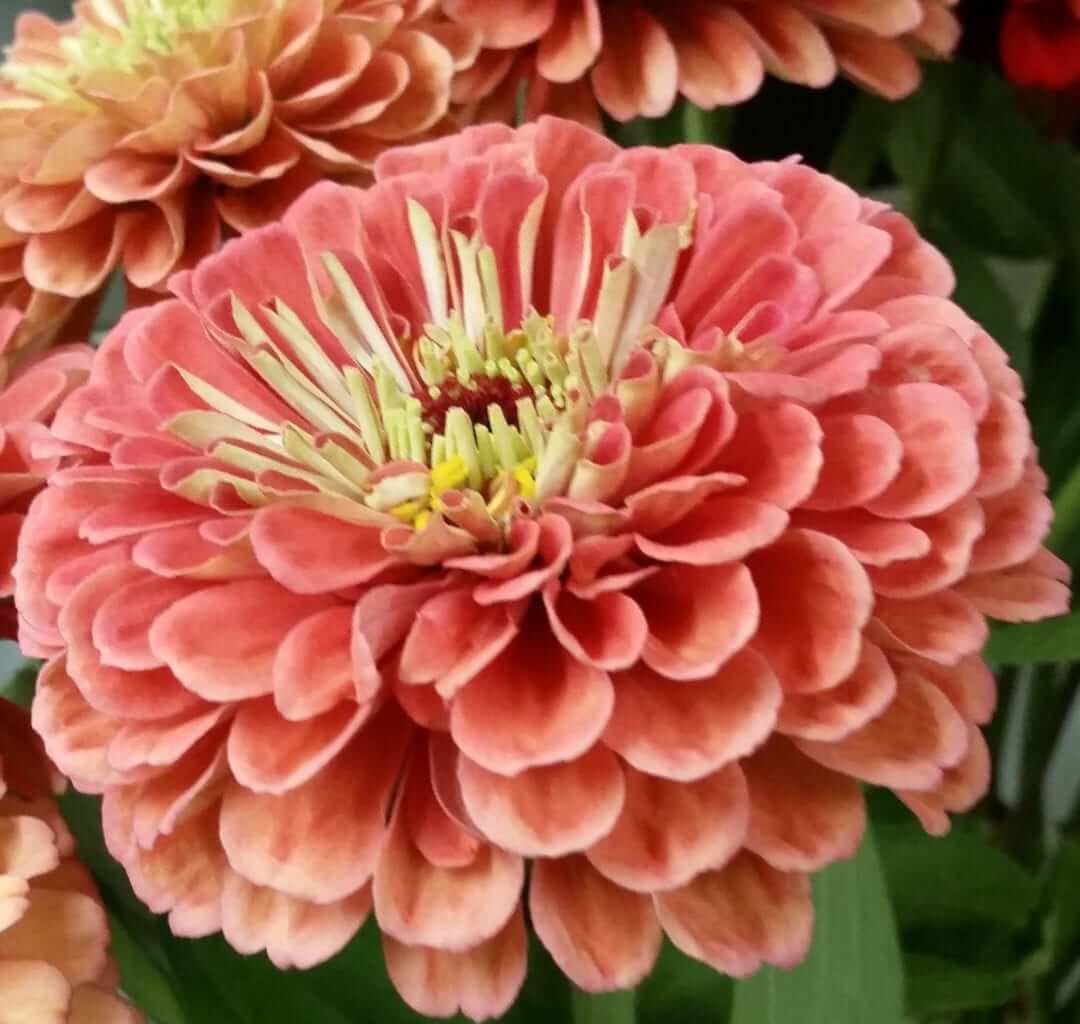
Benary’s Giant Salmon Rose.
- We install flower support netting while the plants are under 20” tall so they can grow through it easily. The netting should rest at half of the mature height of the plants which for cutting zinnias would be 24” for the 48” tall plants.
- Stop fertilization once plants are planted in the garden. The dry organic fertilizer added at soil prep will carry them through. Over fertilizing later in their life seems to fuel mildew.
Note on Mildew:
- All zinnias are susceptible to mildew. Some varieties are more resistant than others.
- The Benary’s Giants Zinnias that we grow almost exclusively are resistant, however they can all get mildew depending on the growing conditions.
- Harvesting deep on the plant (see video) at each harvest helps to keep new foliage growing all the time.
- If and when mildew comes, it is helpful to strip foliage and throw away in trash to help eliminate spores that can spread mildew in the garden.
- We have not used any treatments for mildew. If it gets going strong on a planting we remove the crop because we have others to harvest from.
Harvesting:
- Keep the blooms coming– harvesting all the blooms twice a week will keep the garden full of fresh blooms and more on the way. See where to make the cut video for the first cut.
- After the first cut, harvest stems at the base of the stem being cut.
- Take a clean container with water to the garden for harvesting. We add flower food to all of our buckets–it definitely makes a difference in homegrown garden flowers!
Be sure to read my blog: How to Make the Most of your Cut-Flower Bounty! for more on conditioning flowers for a long vase life.
If you are planting seeds directly in the garden be sure to watch how I prevent weeds in the seed bed.
Have a gorgeous zinnia season!
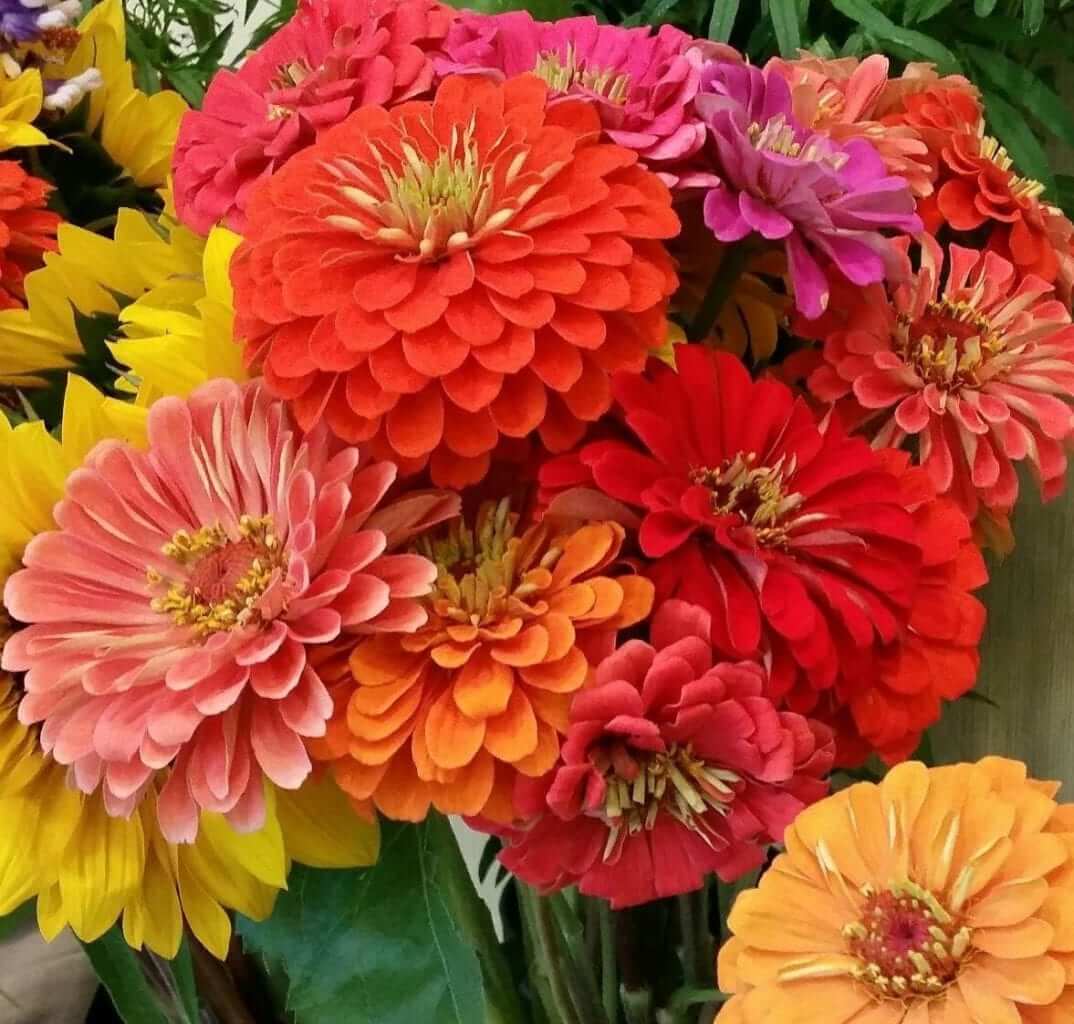
Benary’s Giant Mixed Colors
Lisa Mason Ziegler
The Gardener’s Workshop and Flower Farming School Online and the publisher of Farmer-Florist School Online and Florist School Online. Award-winning Author of Vegetables Love Flowers and Cool Flowers. Watch Lisa’s Story and view her blog Field & Garden. Connect with Lisa on Facebook and Instagram!

